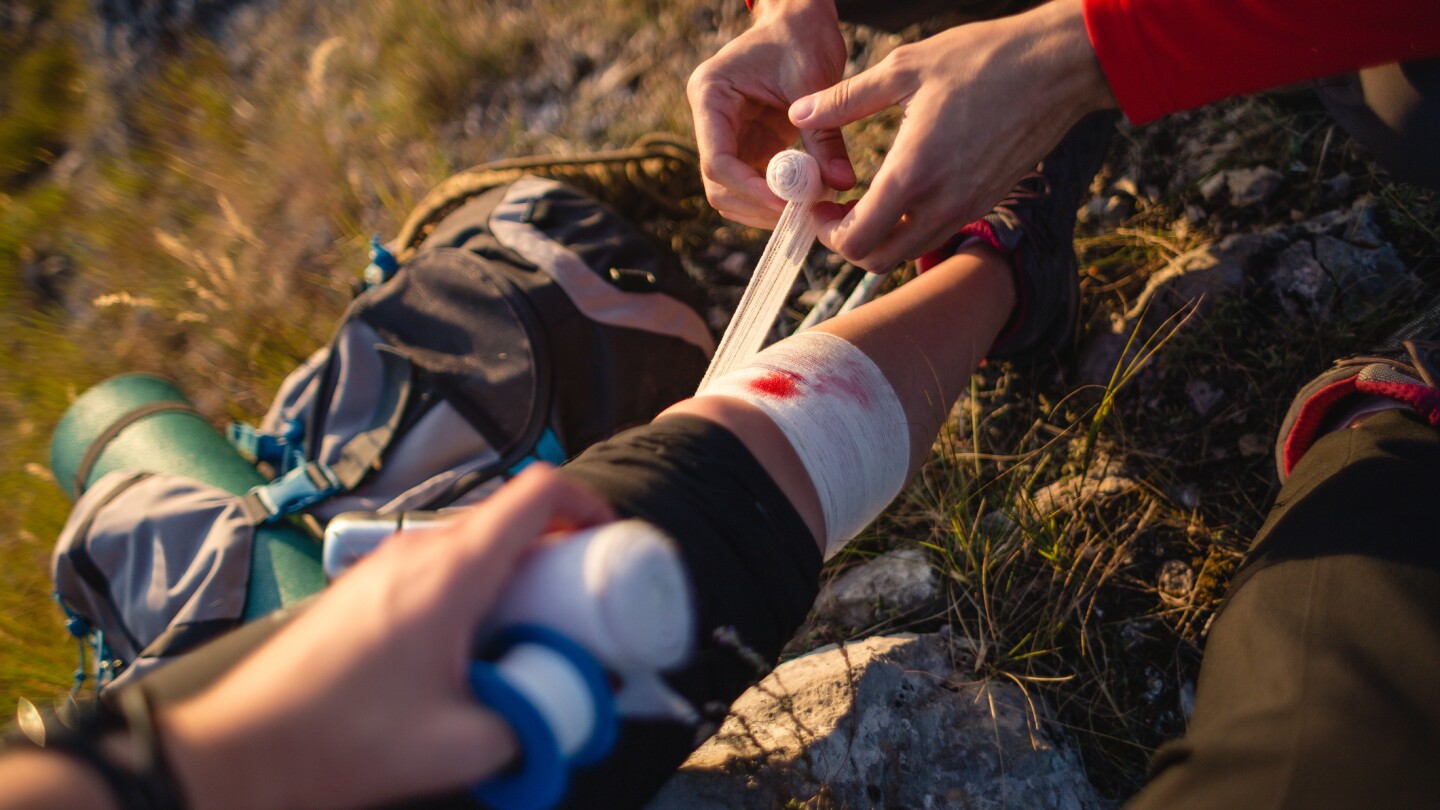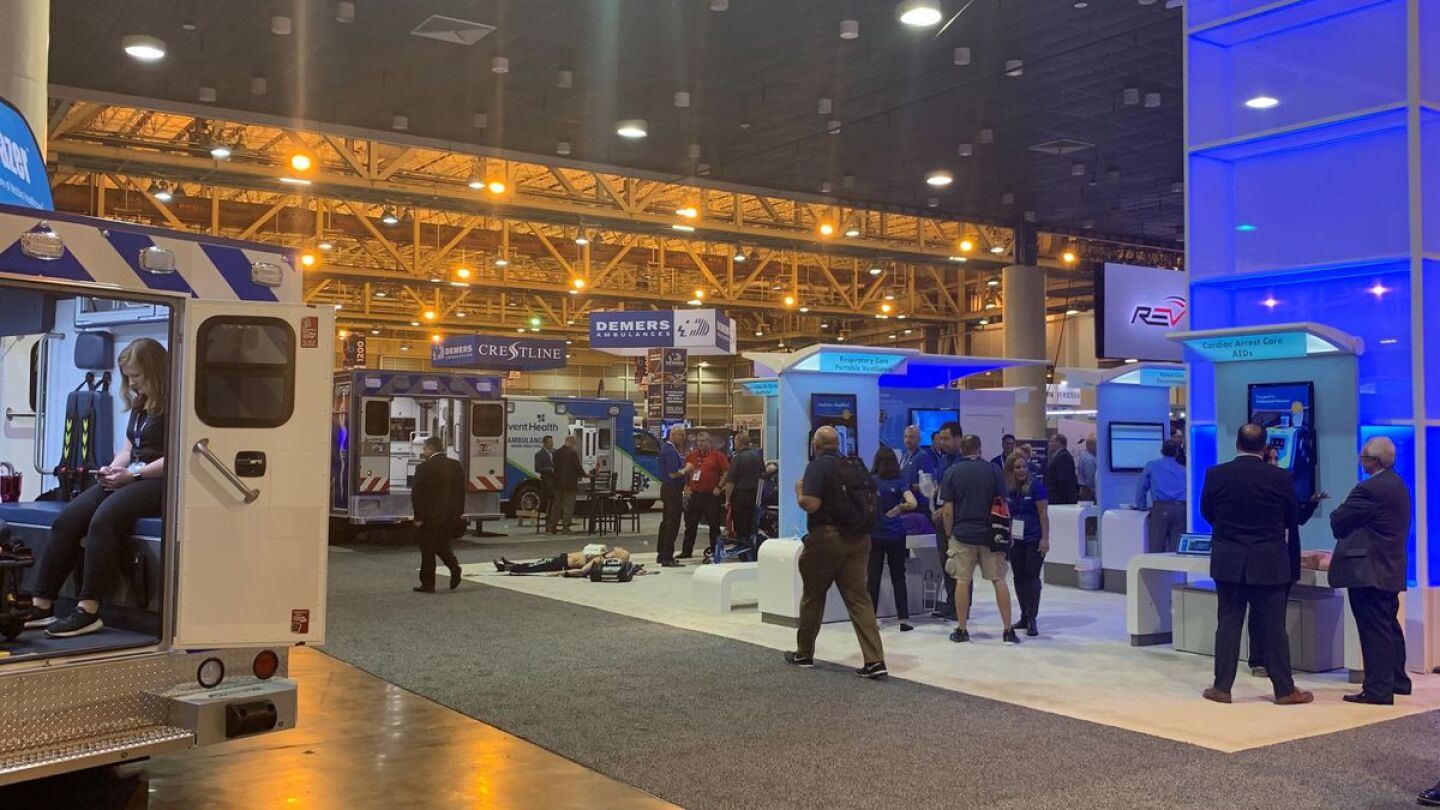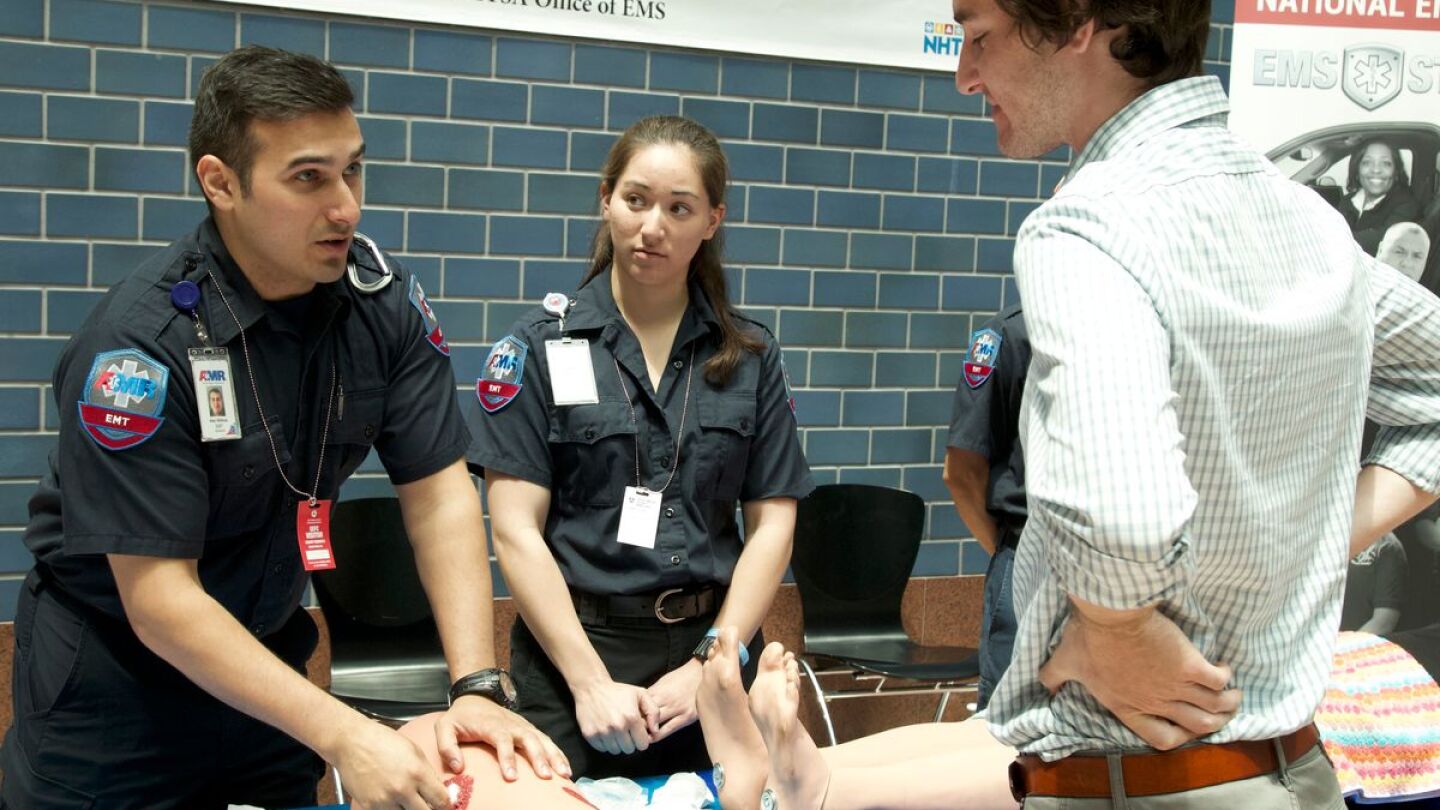Stop The Bleed
There are a number of ways that organizations involved in the campaign can participate
Stock up on these bleeding control products and be ready to respond to emergency trauma both on and off duty
MCI trailers provide a critical tool for dealing with emergency incidents
The Stop the Bleed program will provide the kits, valued at $1,000, to selected applicants as part of the National Stop the Bleed Day campaign
An Atlanta worker died after the emergency call was bounced between two ambulance services during a 30 minute span
Supplies including flashlights, bandages, gauze and items to make a tourniquet were donated by local emergency agencies and businesses
The woman said the man saved her from bleeding out after a fatal 1986 vehicle crash
The ad, which will air in the Pittsburgh market, features two emergency scenarios
The program will train faculty to prepare for emergency situations and supply bleeding control kits for classrooms
A police sergeant said fire and medical personnel helped work with victims and law enforcement to track down the suspect
The new addition will allow providers to administer life-saving blood transfusions on scene or during transport
Bags containing 40 kits each are now stocked in all Fort Worth MedStar supervisor response vehicles for use during mass casualty incidents
The family of homicide victim Frank Navaroli III said there was a delay in recognizing and treating the 27-year-old’s gunshot wound
Austin-Travis County EMS said a man in his 20s was pronounced dead, while another victim was taken to a hospital with life-threatening injuries
Former Firefighter Tate Robinson says he used his past experience as a first responder to handle the emergency
Officials say the change will allow life-saving blood transfusions to be administered on scene or during transport
The Salt Lake City Officer encountered a car crash while in Europe and used a makeshift tourniquet to prevent the victim from bleeding out
The potential for a confusing operational picture existed during the opening minutes of the response to the latest school shooting tragedy in Santa Clarita, California
James Boyce feared he would bleed out after the gator attack, but a rescue helicopter and good Samaritans in a buggy managed to transport him to safety
Officials hope to eventually provide training to middle and high school students so they can familiarize themselves with the kits
The Res-Q students can give basic first aid and critical care, including stopping bleeds and administering CPR
Responders credited the 6-year-old boy’s father for using his belt to make a tourniquet around his son’s injured leg
Products displayed at the EMS World Expo will help providers stop the bleed and transport patients to definitive care
Jenni Kirchner has helped to secure grants for the department and has been an active participant in the Toward Zero Deaths Coalition
EMTs John Kahyaoglu and Tyler Smith demonstrated “outstanding patient care and quick actions in applying a tourniquet” to one of the injured patients
The Armstrong Ambulance Service taught cadets hands-only CPR and Stop the Bleed techniques to ready them for the field
Off-duty EMTs Sweeny and Bundschuh improvised to save a person that was actively bleeding from the neck
EMS providers treating head injuries and GI bleeds should check medication history for antiplatelets and anticoagulants to prevent hemorrhage
In recognition of National EMS Week and National Stop the Bleed Day, staff from the National Highway Traffic Safety Administration and the American College of Emergency Physicians provide critical bystander training to federal workers
MOST POPULAR
- IDF, Delta Development Team forge strategic partnership to enhance emergency blood transfusions on frontlines
- Mont. EMS stakeholders create first-of-its-kind whole blood drive-thru
- Pittsburgh EMS expands whole blood program to include response units, paramedics
- Paramedics train, educate Pa. teachers on bleeding control
- Back to the basics: Pediatric trauma






























